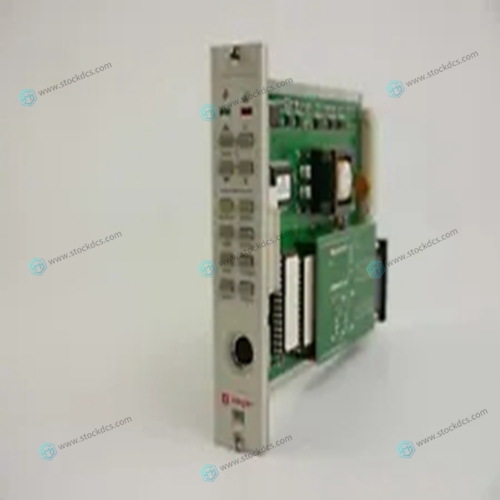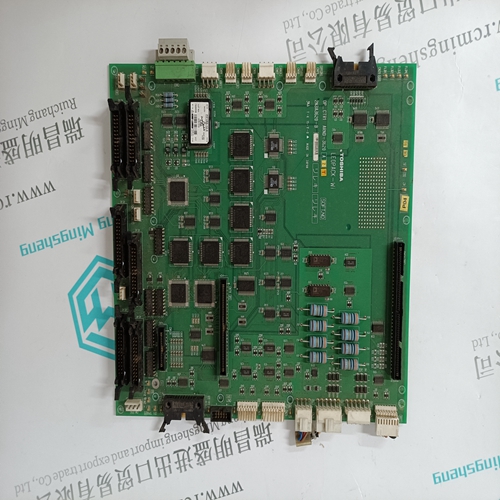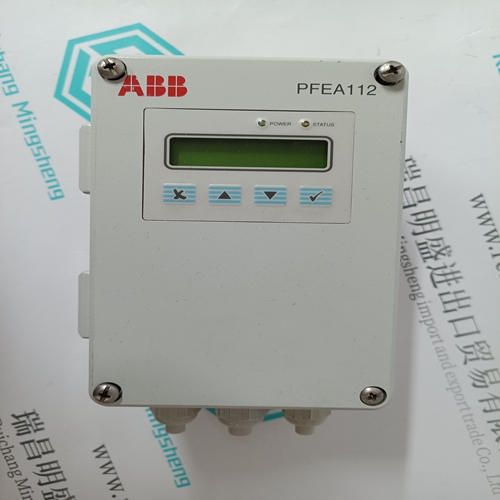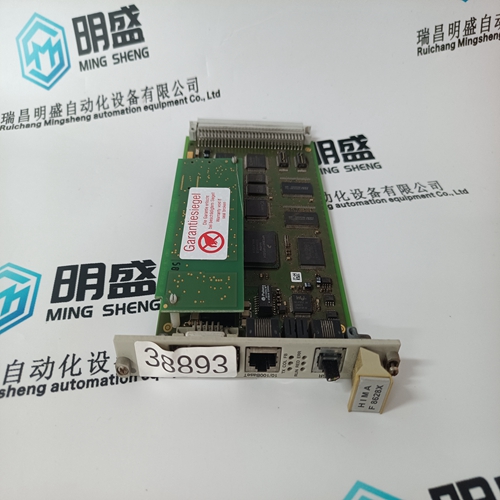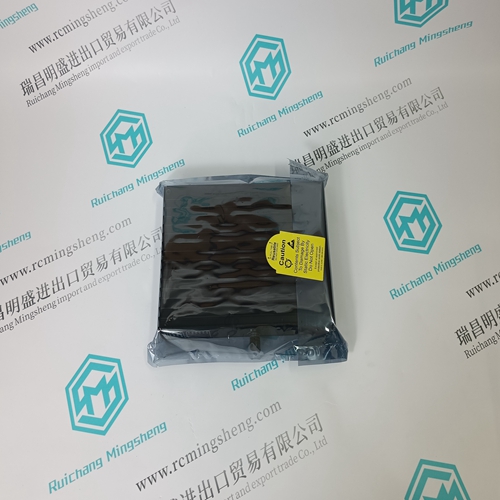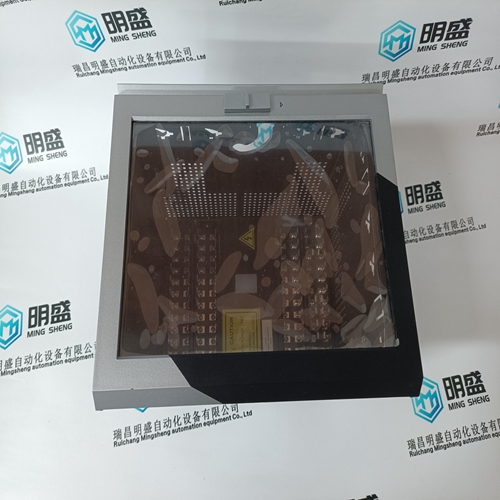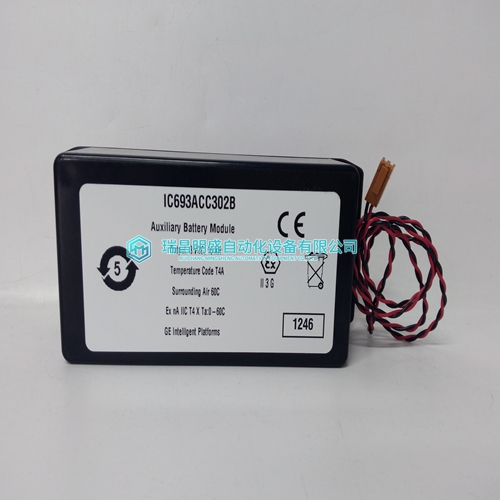Home > Product > DCS control system > HONEYWELL 05701-A-0550 Pulse link module
HONEYWELL 05701-A-0550 Pulse link module
- Product ID: 05701-A-0550
- Brand: HONEYWELL
- Place of origin: The United States
- Goods status: new/used
- Delivery date: stock
- The quality assurance period: 365 days
- Phone/WhatsApp/WeChat:+86 15270269218
- Email:stodcdcs@gmail.com
- Tags:HONEYWELL05701-A-0550Pulse link module
- Get the latest price:Click to consult
HONEYWELL 05701-A-0550 Pulse link module
In contrast to conventional systems, the function blocks are processed sequentially. During configuration, the programmer thus sets up the function blocks (data records) in a sequence dependent on the individual task (configuration instruction: INSTALL (E,.....;) The fetching principe used in this automation subsystem must be considered for configuration. This means that the necessary interconnections must be specified for each block input requiring a signal (analog or binary) from another block. Both output and input values can be interconnected with the input of a different block. The value specified by the input interconnection entry is used whilst a block is being processed. The interconnection input can also be used to write values to the interconnected block. This feature, which violates the fetching principle, has been implemented in the function blocks EAR (routing block for individual analog values), EBR (routing block for individual bits), UBR (multi–purpose binary routing block) and in all blocks transferring values from I/O modules or from the CS 275 bus subsystem to other blocks.
Operation and Monitoring
In connection with the AS 235 automation system, operation and monitoring are understood to be the process control functions. Also the functions required for self–configuring (direct configuring using keyboard and monitor) can be included in operation and monitoring. To enable operation and monitoring, the automation system contain operation programs, block lists and operator–accessible function blocks which interact with the connected operation devices or elements or provide corresponding information for passing on via the CS 275 bus system. A differentiation is made between three levels of process control, i.e. operator interventions in the process: direct, local and central operation and monitoring. Only two levels are used for self–configuring: local and central.
Direct operation and monitoring
Direct operation and monitoring using elements present on the front panels of the I/O modules (pushbuttons, LEDs and test sockets). Direct operation and monitoring is a particularly valuable aid for the technical personnel during commissioning, maintenance and troubleshooting. The front panel elements on the open–loop and closed–loop control modules enable the direct operation and monitoring of motors, actuators, solenoid valves and controllers from the automation system. Commands are only excecuted when enabled and if no protective commands are present. The front panel elements on the closed–loop control modules also enable the controller parameters and setpoints (fixed values) to be set. The front panel elements on the binary and analog I/O modules can be used to check the applied signals.






after-sale service
Focus on sales of imported industrial automation equipment
1 year professional warranty service
Our large inventory contains current and outdated products in the automation industry, if you are looking for new leftovers Products. We are knowledgeable and friendly about all outdated and legacy automation, our remaining products or discontinued parts Our internal team tests each part before delivery. Good colleagues can help you get what you need,All parts sold by AMIKON are actually in stock. With our competitive prices, we will This makes emergency transportation a solution to emergency shutdown. Haodi provides you with the necessary parts inventory A simple solution to the situation.
